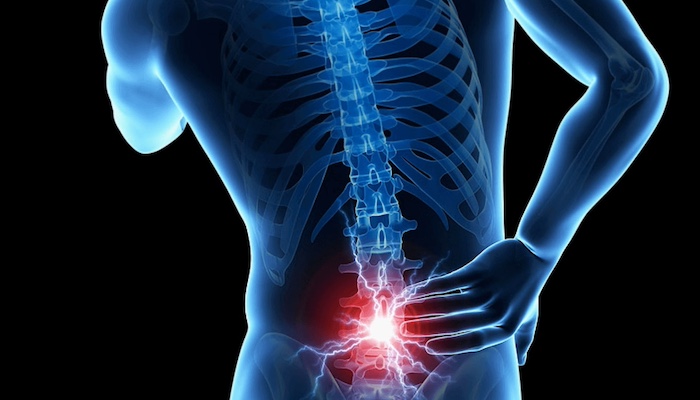
For persistent pain that is not alleviated with non-surgical treatment and activity modification, surgical removal of all or a portion of the coccyx (coccygectomy) is an option.
There are varying suggestions in the medical literature regarding how long non-surgical treatments should be tried before surgery is recommended. Some believe a two-month course of non-surgical treatment is sufficient, while others suggest non-surgical treatment should be tried for between three and eight months before surgery is advisable.
Coccygectomy surgery is rarely recommended and performed. While the surgery itself is a relatively straightforward operation, recovery from the surgery can be a long and uncomfortable process for the patient.
Surgical Approach for Coccyx Pain
Surgeons may take slightly different approaches to the operation. Perhaps the biggest difference between surgeons is that some remove only part of the coccyx, while others recommend removing the entire coccyx.
In general, the surgery involves the following steps:
- A one to two-inch incision is made over the top of the coccyx, located directly under the skin and subcutaneous fat tissue. There are no muscles to dissect away.
- The protective cartilage over the bone (the periosteum) is dissected from the bone starting on the back and carried around the front.
- The coccyx is then removed. It may receive a biopsy if a tumor is suspected.
The operation takes about thirty minutes to perform and can be done outpatient. The most difficult part of the operation is the long healing process. Generally, it takes three months to a year after the surgery before patients see any relief from their symptoms, and sitting is difficult throughout the healing process.
Indications for Coccygectomy Success
Coccygectomy tends to be most successful in carefully selected cases. The following criteria have shown an increased chance of positive results after surgery:
- Patients whose pain is caused by changes in the shape of the coccyx, such as the presence of a spicule (a small bone spur at the end of the coccyx)
- Patients with excessive mobility of the coccyx
- The presence of a bursa, or a fluid-filled sac at the joint between the sacrum and coccyx
- A good response to injection treatments
Many studies have reported good or excellent results following coccygectomy surgery, but the procedure is not recommended for all patients. If a patient is not considered a good candidate for coccygectomy, non-surgical treatments will likely be adapted to the patient’s needs and attempted again.
Potential Risks and Complications of Coccyx Surgery
Perhaps the biggest risk is continued pain in the coccyx postoperatively, meaning that the patient has endured the long healing process and still has not had improvement in the symptoms. For this reason, patient selection is crucial to a positive surgical outcome.
A possible but uncommon risk of coccygectomy is injury to the rectum as the coccyx is being removed. While it is unlikely, it is likely that if this were to happen, a diverting colostomy would be necessary to allow the rectum to heal.
Other potential risks include wound healing difficulties and local infection, which can delay healing. Unlike most other spine surgeries, no significant nerve roots in the region would be at risk.
Precision Pain Care and Rehabilitation has two convenient locations in Richmond Hill – Queens, and New Hyde Park – Long Island. Call the Queens office at (718) 215-1888 or (516) 419-4480 for the Long Island office to arrange an appointment with our Interventional Pain Management Specialists, Dr. Jeffrey Chacko or Dr. Sonny Ahluwalia.













